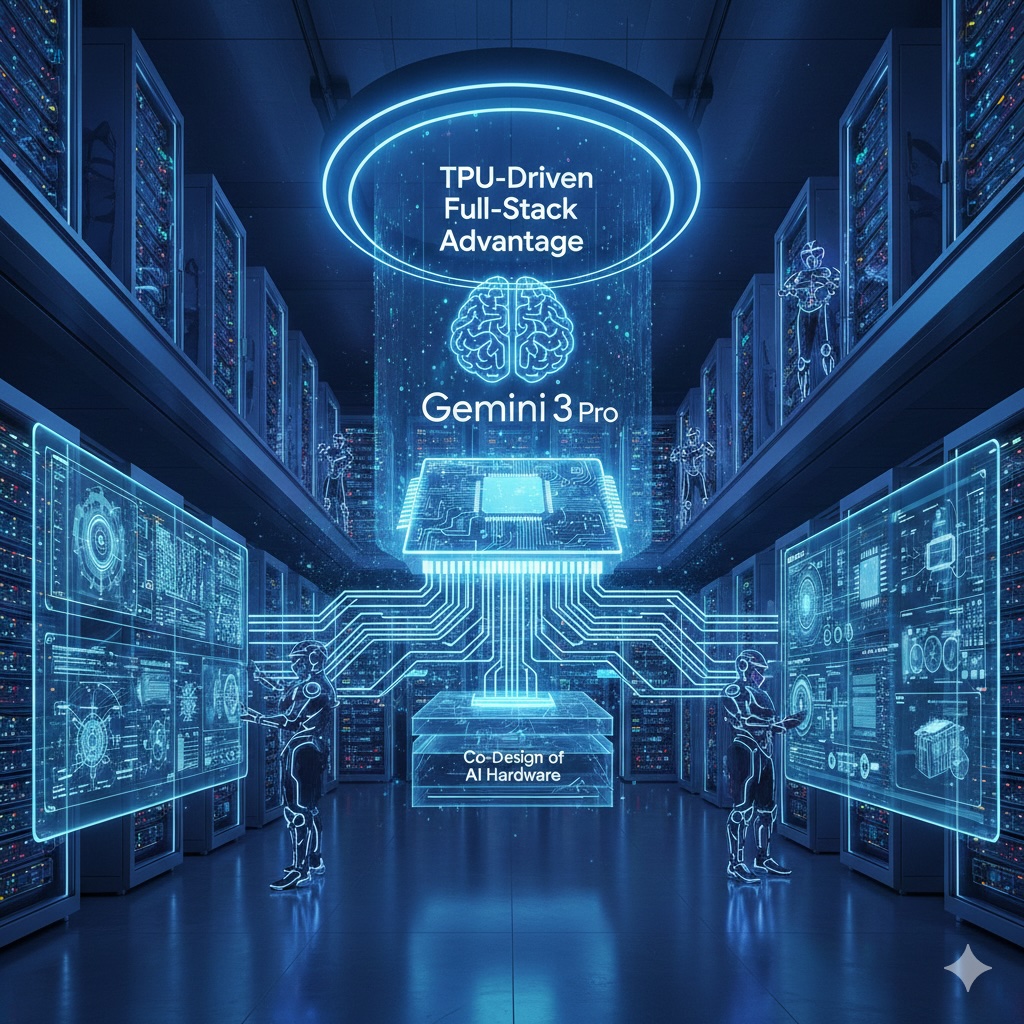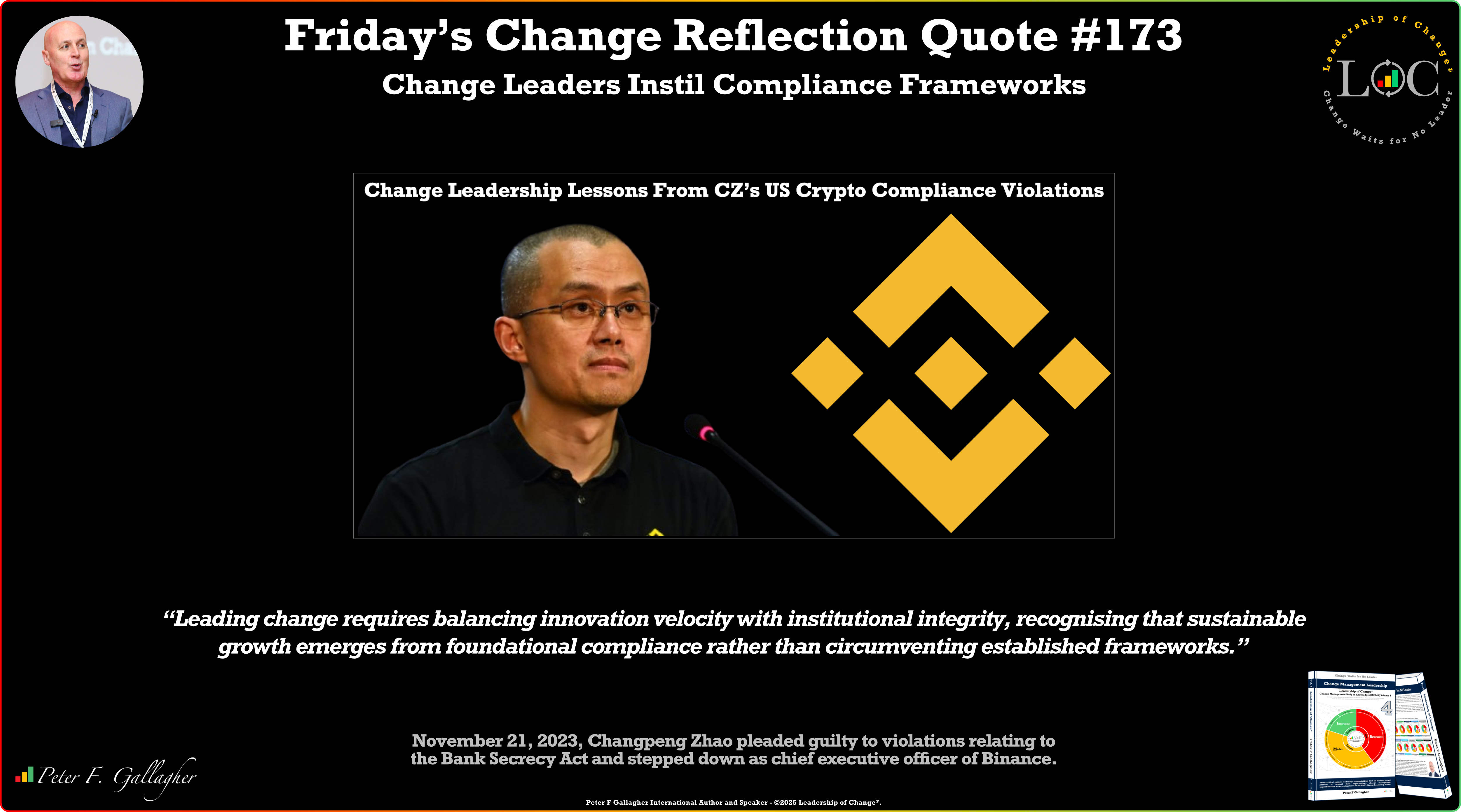Nov15

The New Variables of Global Stock Market Liquidity and FinTech in 2025.
By George Mentz JD MBA CWM Chartered Wealth Manager, ChE Chartered Economist
As the lead wealth management professor for a top 25 law school and a former Wall Street Firm Wealth Advisor to HNW High Net Worth clients, the global investing environment and economic variables have changed dramatically in the last 25 years. The year 2025 marks a dramatic economic shift compared to the landscapes of 2000 and 2009. While each of those earlier years was shaped by technological transitions and uncertainty, 2025 stands out as a period of stabilization, technological maturity, and unprecedented global participation in U.S. markets. Interest rates and energy prices are steadily trending downward, tariffs are easing, artificial intelligence has evolved into a profit-generating layer of mainstream commerce, and a world of eight billion people—many of them wealthy investors—provides a deep, international pool of liquidity and demand for U.S. assets. Together, these forces along with Trump’s new corporate tax laws [i] create a fundamentally different environment for growth, investment, and innovation.
The new global economic landscape is defined by abundant liquidity, worldwide investors, lower tariffs, reduced corporate taxes, cheaper energy, eight billion customers, five billion internet users, and dramatically lower supply-chain costs. People also forget that if there is any market correction, estimates suggest that over $7 trillion is currently sitting in money market funds in the U.S., with total household cash holdings around $18 trillion. [ii]
The year 2000 was characterized by the Clinton Market Crash and fast rising interest rates, which essentially killed the dot-com boom. Borrowing was more expensive, risk capital was harder to access, and markets were still largely domestic in nature. By contrast, 2009 was the wreckage of the global housing crisis and lack of confidence in US leaders. While the “Clinton Crash” was the largest in history ($10 Trillion), the Obama-Bush Crash was almost as much but hit the working folks much harder with housing equity losses. [iii] [iv] Interest rates in 2009 later plummeted toward zero as the Federal Reserve sought to stimulate a devastated economy through emergency measures and unconventional monetary policy to salvage the loss of about 5 million jobs in Obama’s first year in office. [v] Remarkably, interest rates were pushed to essentially zero beginning in late 2008 and stayed there through 2009–2010, marking the early Obama era as a period defined by ultra-cheap, almost free money.
In 2025, interest rates are again trending downward slowly—but for a very different reason. Unlike 2009, the economy is not in collapse; instead, inflation has cooled after several years of post-pandemic turbulence. Central banks are carefully lowering rates to normalize credit conditions, support economic expansion, and encourage investment. Many nations offshore have loans 50% cheaper than the USA as the Democrat Federal Reserve seems to deny President Trump a speedy recovery from the inflation years of Biden. The decline in rates today is strategic and gradual, not a rescue operation. Capital is flowing not because investors are fleeing risk, but because the world is flush with wealth seeking opportunity.
In 2000, globalization was accelerating, but global trade remained tied to strategic national interests, and major world economies still imposed substantial tariffs and trade barriers. By 2009, the financial crisis had triggered protectionist pressures, but world leaders cautiously maintained open trade to avoid worsening the downturn.
In 2025, tariff reductions serve a different purpose. Governments realize that global supply chains cannot operate efficiently under restrictive tariffs, and technology-driven industries require smoother, more predictable trade relationships. As tariffs ease, companies enjoy reduced input costs, faster supply cycles, and expanded access to foreign markets. Unlike earlier periods, tariff declines today reflect competitive cooperation rather than geopolitical fragility. Most now understand that Trump already won the Tariff battle regardless of the Supreme Court’s decision as nations representing 4 billion people have already lowered tariff related taxes and fees on American exports in places like the EU, China, India, Indonesia and more.
The type of Technology Maturity sharply distinguishes 2025 from both earlier eras.
In 2025, AI is deeply integrated across existing product lines. AI companies now assist existing companies in generating real revenue streams, unlike many speculative tech ventures of 2000 or the early post-crisis startups of 2009. AI is no longer a futuristic gamble—it is a profitable enhancement to established offerings:
This stability means the AI sector is not a bubble built solely on hope; it is an accelerant added to mature industries. AI in 2025 is less a standalone category and more a universal infrastructure layer supporting nearly every sector of the economy. With all of these factors, we can foresee productivity and GDP in the USA going up quickly.
One of the most profound differences between 2025 and the earlier eras is the sheer scale of global population and wealth. Foreign investors hold about 17% of U.S. equities, 27% of U.S. corporate debt, and 33% of U.S. Treasuries. As of mid-2024, foreign ownership of all U.S. securities was approximately 21%. [vi]
Today, with a planet of 8 billion people, wealth has multiplied and diversified. Millions of high-net-worth individuals now exist across over 200 nations, and international investors actively support the liquidity of U.S. stock, bond, and property markets. This worldwide capital base provides:
This global participation means that the United States is not relying solely on domestic savings or institutional investors. Instead, the world itself acts as a partner in the American economic engine. Overall, with the expansion of internet investing globally, the US stock markets are a good investment by foreign investors with relatively low sovereign risk.
With that being said, the US markets have global investors to support stock prices with any correction. This means that the tolerance for a prolonged correction in US equity markets is much lower with investors and institutional investors worldwide looking to buy on a dip. Rather than the US Markets going down 35-40 like it did in the 2000 Clinton Crash or with the 2009 Bush-Obama Crash, these days a market can snap back fast when a buying opportunity such as 15-20% triggers buying by both people and the machines and sovereign wealth investors.
The digital world of 2025 is incomparable to 2000 or 2009. Cloud systems, 5G networks, quantum-inspired computing, fintech systems, tokenized assets, and advanced logistics enable a global economy that operates 24/7 with little friction. Capital moves instantaneously. Investments cross borders instantly. Retail commerce runs on AI. Productivity tools enhance every profession from law to real estate to healthcare.
Unlike 2000’s dial-up internet and 2009’s embryonic cloud industry, the technology of 2025 is not experimental—it is foundational.
Conclusion: 2025 Is an Era of Technological Integration, Global Liquidity, and Economic Stability
The differences between 2025, 2009, and 2000 reflect more than just economic cycles—they reveal a world transformed by population growth, technological advancement, fiscal policy, interest rates, tax policy, trade deals, and global financial integration.
The probability of any long-term meaningful stock market correction is close to zero. Firms like Morgan Stanley and Goldman are simply misreading the vast number of new variables in the investing environment that differ dramatically from those that drove prior downturns. [vii] Over the past 25 years, the massive expansion of 401(k) participation has created a deep, stable base of long-horizon capital that consistently supports equities. In addition, the explosive growth of ETFs and index-tracking funds has produced a perpetual demand engine for U.S. securities. These structural forces—steady retirement inflows, automatic allocation cycles, and broad passive-investment buying—provide a built-in buoyancy that makes a significant correction highly unlikely under current conditions.
Interest rates are drifting downward not out of crisis, but out of stabilization. Tariffs are easing to promote efficiency and collaboration. Millions more in 200 nations have access to invest in the US Markets online. Huge companies that own the top AI systems are already profitable, practical, and deeply embedded in the global economy. And with eight billion people—millions of whom including governments are wealthy investors—capital flows into U.S. markets at a scale unimaginable in earlier decades.
In 2025, the global system is more interconnected, more technologically sophisticated, and more financially liquid than at any moment in modern history. It is a new era—one shaped not by rescue or speculation, but by integration, innovation, and worldwide participation in the engines of growth. The statistical odds of any prolonged correction in the markets are much lower than ever before.
[i] Well, That Was Fast: Trump Tax Law’s New Corporate Breaks are Already Worsening the Deficit – ITEP
[ii] How much cash is really on the sidelines?
[iii] The Stock Bubble Created the Budget Surplus: Not Bill Clinton's Tax and Spending Policies – CEPR
[iv] The Stock Market Crash of 2008
[v] Employment during the 2007–2009 recession : The Economics Daily : U.S. Bureau of Labor Statistics
[vi] Record-High Foreign Ownership of the US Equity Market - Apollo Academy
[vii] Goldman Sachs, Morgan Stanley warn of a market correction
By George Mentz
Keywords: FinTech
 The TPU-Driven Full-Stack Advantage: Gemini 3 Pro and the Co-Design of AI Hardware
The TPU-Driven Full-Stack Advantage: Gemini 3 Pro and the Co-Design of AI Hardware Why Scope 3 Data Starts in the Dark - and How Food Brands Are Showing the Way Out
Why Scope 3 Data Starts in the Dark - and How Food Brands Are Showing the Way Out Friday’s Change Reflection Quote - Leadership of Change - Change Leaders Instil Compliance Frameworks
Friday’s Change Reflection Quote - Leadership of Change - Change Leaders Instil Compliance Frameworks The Corix Partners Friday Reading List - November 21, 2025
The Corix Partners Friday Reading List - November 21, 2025 From Follower to Reference: Transform Your Personal Brand Into a Consistent Business
From Follower to Reference: Transform Your Personal Brand Into a Consistent Business